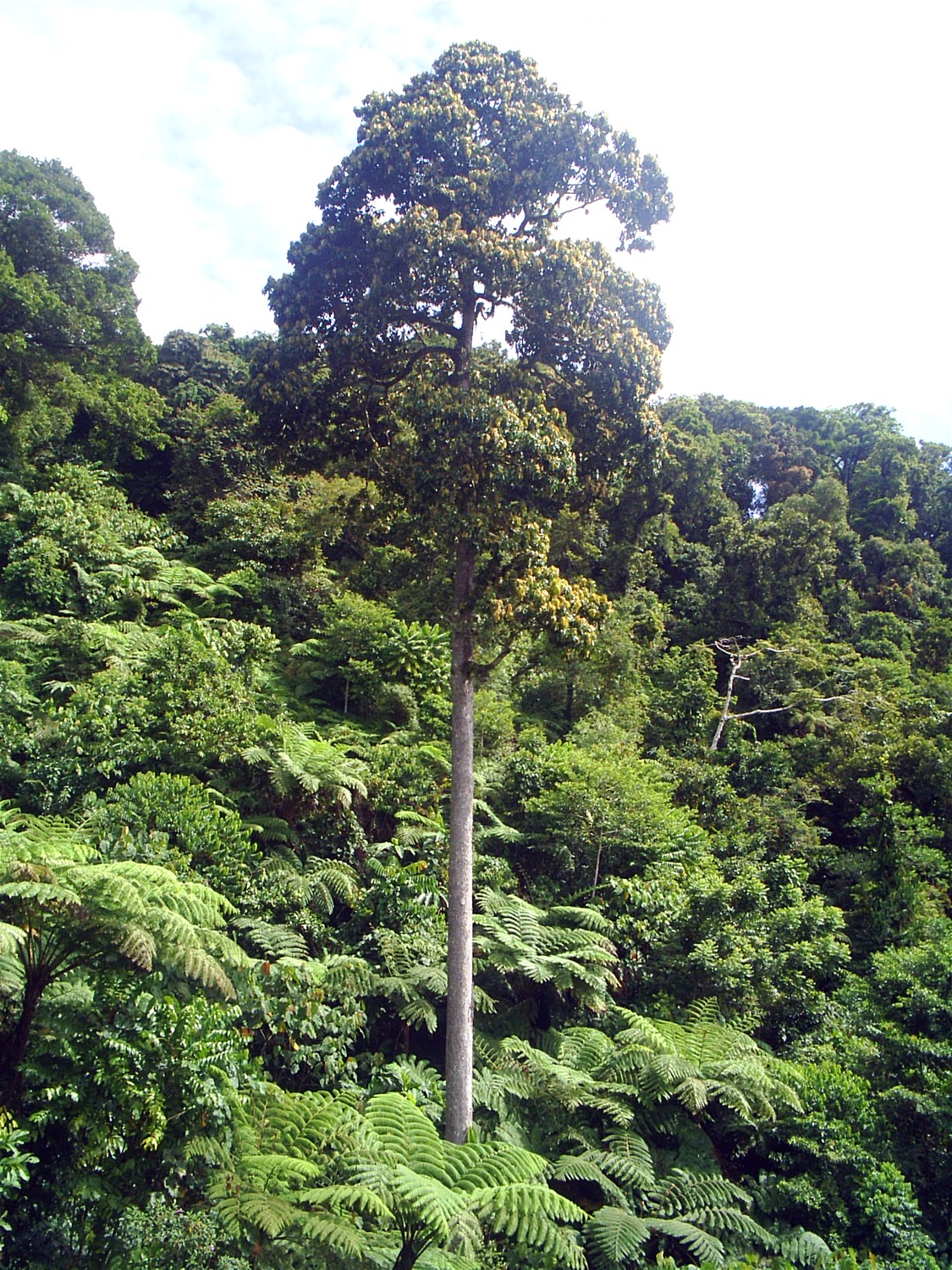Text and Photos by Henrylito D. Tacio
Once upon a time, virgin forests just stood there, languid and undisturbed. No one dared to explore the heart of the mysterious forests as it was completely unknown. They were the territories of the fairies and the dwarves, the gods, and goddesses.
Then, as years passed by, the population continued to increase at an alarming rate. Then, one day, Filipinos woke up to the fact that the country is now home to more than 107 million people. The available metropolitan lands are now almost taken over by the ever-growing population.
It was just a matter of time that people started to encroach on the untouched forests. More people means more mouths to feed. Farmers from the lowlands tried to bring the practices they employed with devastating results.
In the olden days, kaingineros practiced slash-and-burn farming. It was alright as there were other lands where they could move and then do the same method. But today, there are no more lands available for moving.
The previous lowland farmers had to settle on the same farms through the years. Most of the farms were located in upland areas which were previously occupied by trees. Without the trees, the bare farms are susceptible to soil erosion.
Soil is the primary resource in food production. Under most conditions, the soil is formed at a rate of one centimeter every 100 to 400 years, and it takes 3,000 to 12,000 years to build enough topsoil to form productive land.
What nature takes a very long time to form could be washed away in 20 minutes or less by just one heavy rainfall in areas where farmers don’t use the land carefully.
As Harold R. Watson, an American agriculturist who received a Ramon Magsaysay Award in 1985 for international understanding, puts it: “Soil erosion is an enemy to any nation – far worse than any outside enemy coming into a country and conquering it because it is an enemy you cannot see vividly.”
But most of these lowland farmers turned upland farmers encroached on lands left by the loggers, both legal and illegal. “Logging is more than an ecological problem. It is a social, political and economic dilemma as well,” said Philippine Center for Investigative Journalism. “At the root of the malaise are stupendous profits and the ease with which they can be raked in.”
Logging has been cited as one of the primary culprits of the disappearance of its forest resources. Robert Repetto, author of The Forest for the Trees? Government Policies and the Misuse of Forest Resources, reported: “An important source of deforestation has been the dramatic expansion of destructive logging.”
Repetto explained: “After independence, the Philippines’ new government viewed exploitation of the country’s forest reserves as a good way to raise desperately needed revenues. Log- and wood-product exports were resumed, and timber companies were given substantial incentives.
Harvests quickly increased to more than 5 million cubic meters in the late 1950s. Driven by incentives, strength in the world log market, and mechanized harvesting, the timber boom continued during the 1960s, peaking in 1969. By then, the annual harvest exceeded 11 million cubic meters, nearly triple that of 1955.
“As the timber boom gained momentum, the government was unable to supervise concessions effectively or enforce logging regulations,” Repetto wrote. “Links between timber companies and politicians further eroded government control.”
Annual outputs averaging 10 million cubic meters were maintained until 1974, when depletion, world recession, and competition from other log-exporting countries forced a reduction. Declines continued over the next decade, and by 1984 the harvest returned to the pre-boom level of 3.8 million cubic meters.

“Over the last 25 years, we sold over 101.6 million cubic meters of prime logs abroad,” deplored the late Dr. Dioscoro Umali, another Ramon Magsaysay awardee. “We subsidized developed countries with cheap timber.”
Today, only scattered patches of virgin forests remain, mostly in remote areas. But even these fragments are under pressure as wood supplies tighten.
“Deforestation is the other result of modernization,” wrote science research specialist Erlinda H. Belen. “Wood, for instance, is globally in demand. Many uncaring users resort to illegal logging to blow up wood supply.”
Watersheds, where most of the forests now remain, are not spared from denudation. “Many of our watersheds have been denuded,” commented L.C. America, another science research specialist. “As a result, accelerated soil erosion, flash flooding, and drought have become more prevalent causing much destruction.”
Watersheds constitute about 75% of the total land of 30 million hectares. The Philippines has a total of 110 proclaimed and 154 priority watersheds with a total land area of 1,376,455.10 hectares and 11,690,695 hectares, respectively.
“Watersheds provide vital resources, which include soil, water, forest range, wildlife, and minerals,” America noted. “Water is a key watershed resource that can be used for power generation, agriculture, industry, domestic, drinking and others.”
Something must be done. “Deforestation is a critical condition which has consequently brought tremendous impacts to the environment as well as the economy,” Belen wrote.
She stressed that the rapid depletion of the country’s forest cover “threatens biodiversity and requires undertaking conservation measures as top priority.”
Studies show that even just at an average of P20,000 per hectare reforestation costs, reforestation would need a total of P30 trillion. To think, this estimate was in 2002 yet!
The future is, indeed, now written on the wall!
“Our countrymen should not accept environmental degradation as a fact of modern life,” the former environment secretary Fulgencio Factoran, Jr. reminded. “Instead, they should be willing to go to the forefront with shovels and seedlings in hand, or with placards and principles, and articulate their renewed affinity with nature and its elements.”

